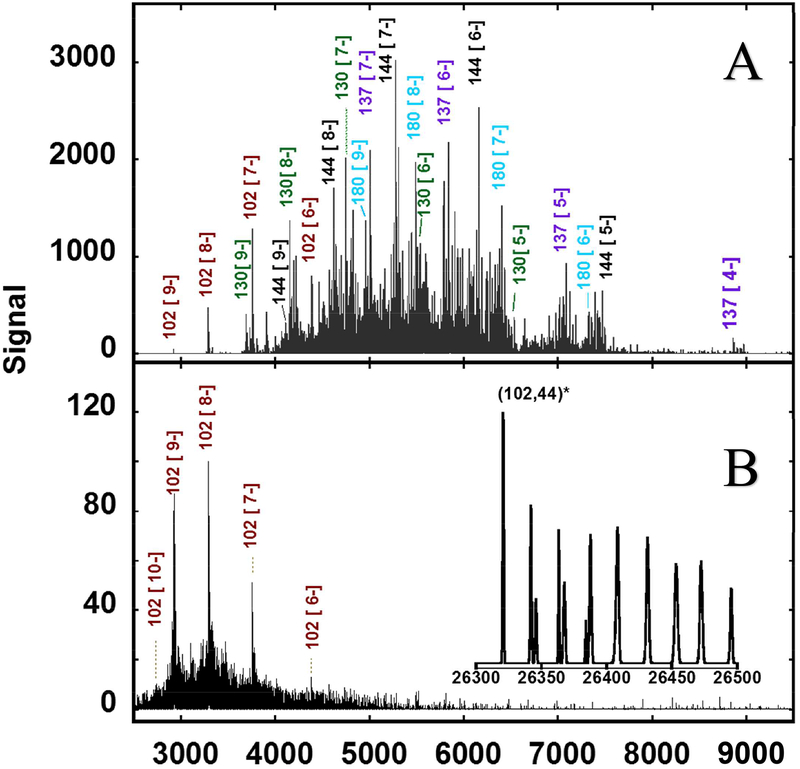Figure 1: Negative-ion Orbitrap Electrospray-Ionization Mass Spectrometry (ESI-MS), at a resolution (m/Δm) of 17k for Au144-rich fraction and 43.4 k for the Au102 fraction.
(A) Raw mass spectra of gel-purified Au144-rich fraction showing multiple negatively charged signals [z = 4- to 8-] from aqueous (pMBA)-stabilized AuN species [N= 102, 130, 137, and 180] in addition to the expected N=144 signal. Except for Au130, which is dominant, the assigned (indicated) dominant signals correspond to ions produced by loss of one Au(pMBA)2− fragment from the parent species.
(B) Spectra of gel-purified Au102 fraction showing the absence of additional gold species; the multitude of peaks surrounding the base signal is attributed to multiple Na adducts resulting from Na-Hydrogen exchange. The inset shows the deconvolution of the complex raw spectra into a single cluster signal and its Na adducts using standard deconvolution software. Aqueous solutions were infused at 5 μL/min at a concentration of ~ 0.5 μg/μL and averaged for 5 minutes.

